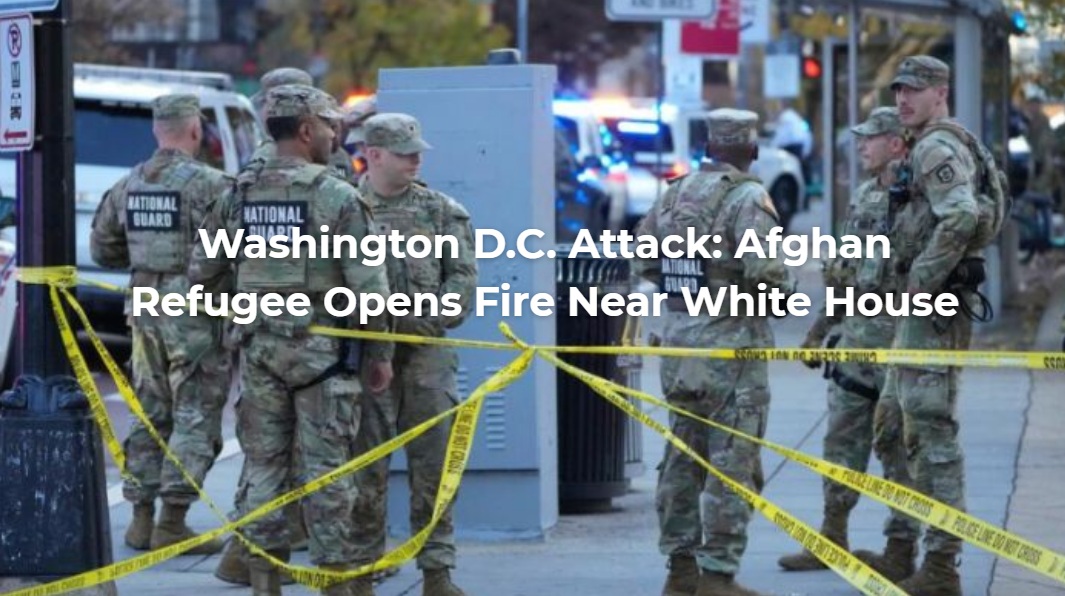On October 5, a 4.5 magnitude earthquake hit Iran’s Semnan province, sparking rumors that the tremor was not a natural event but a secret underground nuclear test. This speculation comes at a time of heightened tensions between Iran and Israel. Tehran had recently launched attacks on Israel, prompting Israeli leaders to vow retaliation. With the Middle East already on edge, the earthquake’s timing and location have raised questions about whether it could have been caused by nuclear activity.
But is there any truth to these claims, or is this just another natural phenomenon in a region prone to seismic activity? To answer this, we need to look at several factors: the nature of nuclear tests and earthquakes, Iran’s nuclear program, and what experts know about this specific event.
Can Nuclear Tests Cause Earthquakes?
Yes, nuclear tests, particularly those conducted underground, can cause seismic activity similar to an earthquake. When a nuclear device is detonated underground, the explosion generates shockwaves that can mimic a small earthquake. These shockwaves can cause tremors, ground shaking, and even minor surface damage, depending on the size of the explosion and the depth of the detonation.
However, there are key differences between natural earthquakes and nuclear test-induced tremors. For instance:
- Depth: Natural earthquakes can occur at varying depths, but nuclear detonations usually happen deeper underground to contain the explosion. The October 5 earthquake occurred at a relatively shallow depth of 10 km, which is common for natural earthquakes, not necessarily for nuclear tests.
- Surface Effects: Nuclear explosions often cause some surface effects, such as visible craters or explosions, which were not reported in this case. If this had been a nuclear test, experts would likely have detected additional signs of a surface disturbance.
The Suspicious Timing and Location
The earthquake occurred near Semnan, a city in northern Iran. What makes this location noteworthy is a 2019 report from a Washington-based think tank that suggested Semnan could be the site of an underground nuclear testing facility. According to this report, Iran has been constructing underground facilities in Semnan, raising the possibility that it could be used for nuclear weapons testing.
This raises suspicions because, in the midst of escalating conflict with Israel, Iran could be motivated to demonstrate its nuclear capabilities as a deterrent. Some online speculations have connected the dots between the location, the timing, and the seismic event to claim that Iran had conducted its first underground nuclear test.
Iran’s Nuclear Program: A History
Iran’s nuclear program has a long and complicated history. It began in the 1950s with help from the United States under the “Atoms for Peace” initiative. At the time, the Shah of Iran was a close U.S. ally, and the nuclear program was focused on peaceful purposes, such as energy production. This collaboration continued until 1979, when the Iranian Revolution brought Ayatollah Khomeini to power. The revolution drastically altered Iran’s relationship with the West, and its nuclear program was halted.
However, by the mid-1980s, Iran had resumed its nuclear activities, this time with help from countries like Russia. In 2002, secret nuclear facilities were discovered, leading to international outcry and the imposition of heavy sanctions. The world feared that Iran was enriching uranium to weapons-grade levels, which could lead to the development of nuclear bombs.
To address these concerns, Iran signed the Joint Comprehensive Plan of Action (JCPOA) in 2015 with the U.S., the UK, France, Germany, China, and Russia. Under this deal, Iran agreed to limit its nuclear program in exchange for the lifting of economic sanctions. For a few years, the deal appeared to work, but in 2018, then-President Donald Trump withdrew the U.S. from the agreement, accusing Iran of breaching its commitments. Since then, Iran has progressively ramped up its nuclear activities, further increasing tensions with the West.
How Advanced is Iran’s Nuclear Program?
Today, Iran’s nuclear program is highly advanced, and experts believe the country is close to being able to produce a nuclear bomb. Iran has several nuclear facilities scattered across the country, many of which are involved in uranium enrichment. Some facilities are declared, while others remain secret, fueling fears about the country’s true nuclear capabilities.
Iran’s enrichment activities have reached levels that are only a short technical step away from producing weapons-grade uranium. According to some estimates, Iran could build a nuclear bomb in as little as a week, though building and delivering a functional weapon would take longer.
Was the October 5 Earthquake a Nuclear Test?
While the timing and location of the October 5 earthquake are suspicious, there is no concrete evidence to confirm that it was caused by a nuclear test. Seismic experts would need to analyze the characteristics of the tremor to determine whether it was caused by natural tectonic activity or an explosion. So far, there have been no reports of an unusual explosion in the area, which is typically a key indicator of a nuclear test.
Furthermore, Iran is one of the most earthquake-prone countries in the world. The country sits on major seismic fault lines, and earthquakes, both minor and major, are common. It is entirely possible that the tremor on October 5 was just another natural earthquake.
However, the proximity to Semnan, where Iran is believed to have constructed underground nuclear facilities, keeps the door open for speculation. If Iran were to conduct a nuclear test, it would likely do so at one of these secretive sites.
Earthquake or Nuclear Test?
The October 5 earthquake in Semnan could very well be a natural event, as Iran is no stranger to seismic activity. But given the proximity to a potential nuclear testing site and the heightened tensions in the region, it’s no surprise that suspicions have emerged. While there is no definitive proof that this was a nuclear test, the rumors highlight growing concerns over Iran’s nuclear ambitions, especially as its conflict with Israel intensifies.
As of now, it is impossible to say for certain whether Iran conducted an underground nuclear test or if this was just another minor earthquake. The world will continue to watch closely for any further developments in the region, especially as Iran’s nuclear program advances and its geopolitical rivals remain on high alert.





